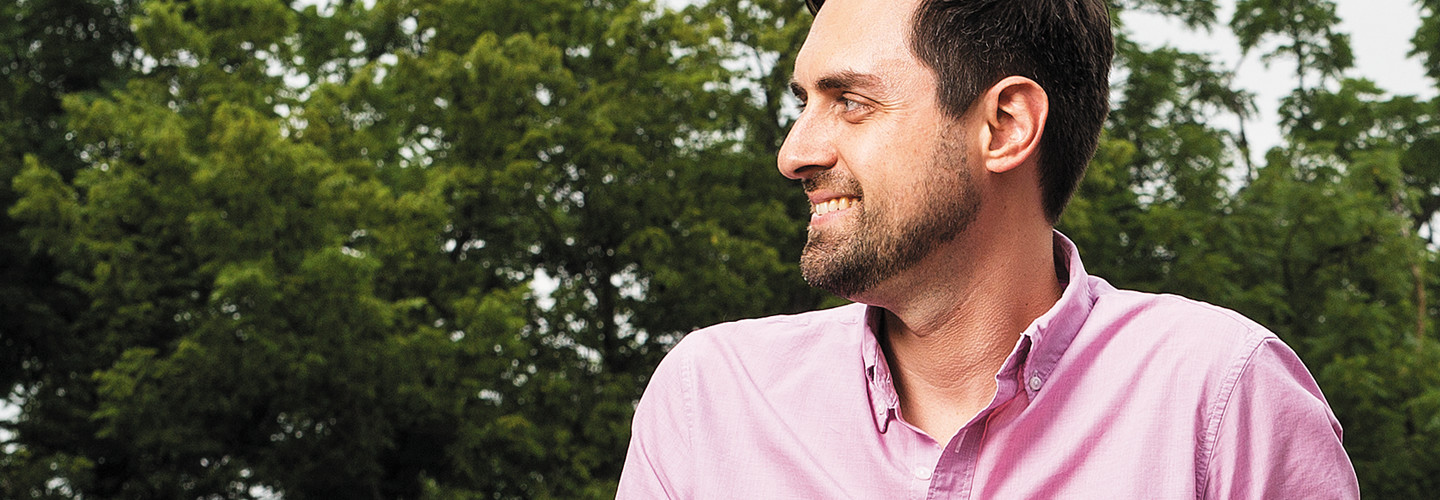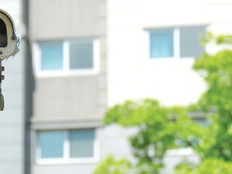Universities Building Smarter Network Refreshes
Denison University’s Kris Sulzberger has watched the sheer number of devices arriving on campus grow quickly over the years, but those numbers are just part of the story: Most students still actively use only one or two devices at a time on the network.
“We’ve been expecting for the last few years now that we’re going to see exponential growth in the numbers of devices students bring,” says Sulzberger, director of technical services at the Granville, Ohio, university.
As mobile natives — those young adults who, for most of their lives, could slide their computers into the back pockets of their jeans — converge on college campuses, their expectations drive new approaches to IT service delivery.
“Our students do bring the expectation that’s been formed by consumer advances regarding technology and wireless access,” Sulzberger says. “They expect simplicity. Things should work just as easily as they do at home,” or at their favorite coffee shop.
A Question of Capacity
Not long ago, the problem for IT managers trying to provide wireless access was framed as a throughput issue, says Craig Mathias, principal at the Farpoint Group, a wireless and mobile technologies advisory firm. Today, the challenge is better understood as one of capacity and coverage.
“Capacity, by far, is top of mind for IT managers and network managers within educational settings today,” he says.
The need to handle a large, diverse and growing number of users, applications and devices drives most network upgrades and overhauls in a mobile-intensive environment such as a college or university, Mathias says.
Denison University at first struggled with the need to provide increased capacity and a simple user experience within one major network overhaul.
“We really needed to increase signal strength and coverage, largely in the 5-gigahertz spectrum, throughout buildings on campus,” Sulzberger says.
Percentage of undergraduate students who typically connect two or more devices to university wireless services at the same time
SOURCE: EDUCAUSE Center for Analysis and Research, “ECAR Study of Undergraduate Students and Information Technology, 2014,” October 2014
Meeting the Need
In early 2013, Sulzberger already had one building running Aruba equipment and was pleased with the performance. Denison network engineers worked with Aruba’s wireless architects to get advice on controller needs and an implementation strategy, while tuning Denison’s approach to building surveys to get the best possible estimate on access point requirements.
That legwork, in addition to laying the groundwork for the new network, helped the university put together a realistic budget for the entire project, Sulzberger says. Denison upgraded to an Aruba wireless system, strategically deploying Aruba AP 225 wireless APs to maximize coverage and capacity in concert with a new back-end controller, beginning in late 2013 and wrapping up in summer 2014.
“We had a building-by-building project schedule where cable contractors would install new network cabling and mount the access points, and we’d configure and deploy the new building switches and APs,” Sulzberger says. “Many academic and administrative buildings were upgraded during the academic year, with the switchover to the new equipment happening during hours of the day that didn’t disrupt business or classroom operations.”
At the end of the academic year, IT staff migrated over to new Aruba controllers. Residence halls were upgraded the following summer.
“I expect to get about six years out of the wireless equipment itself,” Sulzberger says, “but we may find that we need to increase the number of APs in specific locations where there are large congregations of wireless clients.”
The Ohio State University, likewise, has watched the number of devices on campus grow year by year.
An Expandable Solution
“One of the measurements we take is concurrent counts: how many devices are actively online at the same time,” says Ryan Holland, senior network engineer. “Last year we had about 52,000 devices.” That was a 24 percent increase over 2013 numbers, which had grown by roughly the same percentage compared with 2012.
OSU began using Aruba wireless controllers and APs in 2006. “Our scope was to build up to about 2,500 APs,” Holland says. Today, the institution hosts about 9,200. “We’ve been able to scale really well to support that growth.”
In addition to adding APs, OSU maintains the strength of its wireless network through strategic, staggered upgrades. The university has recently replaced all legacy APs in the system.
“We’re also upgrading all of our wireless infrastructure, all of the controllers, as part of our technology refresh,” Holland says.
Ensuring Satisfaction
Keeping pace with the wireless needs of students, faculty and staff is a race with no finish. Following the network overhaul at Denison, Sulzberger employed the AirWave Wireless Management Suite to drill down on problems.
His technical services team also used surveys to find and fix snags in the system. In early spring of this year, the team asked students about their satisfaction with the wireless network, and Sulzberger was able to address a few lingering issues with a code update and some channel utilization changes.
“It’s quite a different experience than where we were a couple of years ago,” he says.
At Cornell University in upstate New York, on-campus Wi-Fi has been the norm for a decade, CIO Ted Dodds says.
“Rather than being a catalyst for innovation, it’s fallen into this sort of mature, expected technology infrastructure,” he says.
The current network configuration was chosen following a 2006–2007 evaluation, says Laurie Collinsworth, Cornell’s head of systems engineering. With more than 5,000 APs and 13 controllers, the IT team focuses on targeted upgrades to ensure that the network evolves to meet demand while maintaining constant service. Last year, the university upgraded 930 older APs; another 2,500 will be replaced over the next two years.
Percentage of undergraduate students who own an Internet-capable device; 92 percent own at least two such devices
SOURCE: EDUCAUSE Center for Analysis and Research, “ECAR Study of Undergraduate Students and Information Technology, 2014,” October 2014
“Our legacy design must evolve to support the proliferation of smaller, lower-power devices,” she says.
To address that need, a recent network connectivity project improved the wiring and Wi-Fi coverage in 27 buildings, with special attention to classroom and gathering areas. This year, a learning space enhancement project is set to improve teaching technology and Wi-Fi equipment in 60 classrooms.
Cornell uses an application called “Rate My Wi-Fi” to collect real-time reports of any wireless access woes across campus. Based on feedback received from the parents, family and friends who visit campus, IT works hard to improve guest network access.
“We’ve just made a significant improvement to make it a little less tech-oriented,” Dodds says. Guest experience now mirrors consumer norms more closely — a benchmark his team uses to gauge the level of service institutions should provide.
Protecting Wireless Investments
Mathias says a few refresh strategies will help protect universities’ investments as they strive to meet the expectations of always-connected students. The first step is to ensure a sufficiently robust backhaul connection is in place to provide power and connection for APs.
Mathias recommends a staggered approach, adding additional, newer APs as needed to increase density and phasing out older APs over time.
Investments can be stretched further by reusing older equipment to provision coverage in less mission-critical environments.
Strong Signals
Sulzberger says that, with continuous network monitoring and annual customer surveys, Denison can continue to expand the network and troubleshoot issues as they arise, ensuring the best possible access for demanding mobile natives. For now, he is pleased with the state of the campus Wi-Fi: “Wireless at Denison is as good as it’s ever been.”








